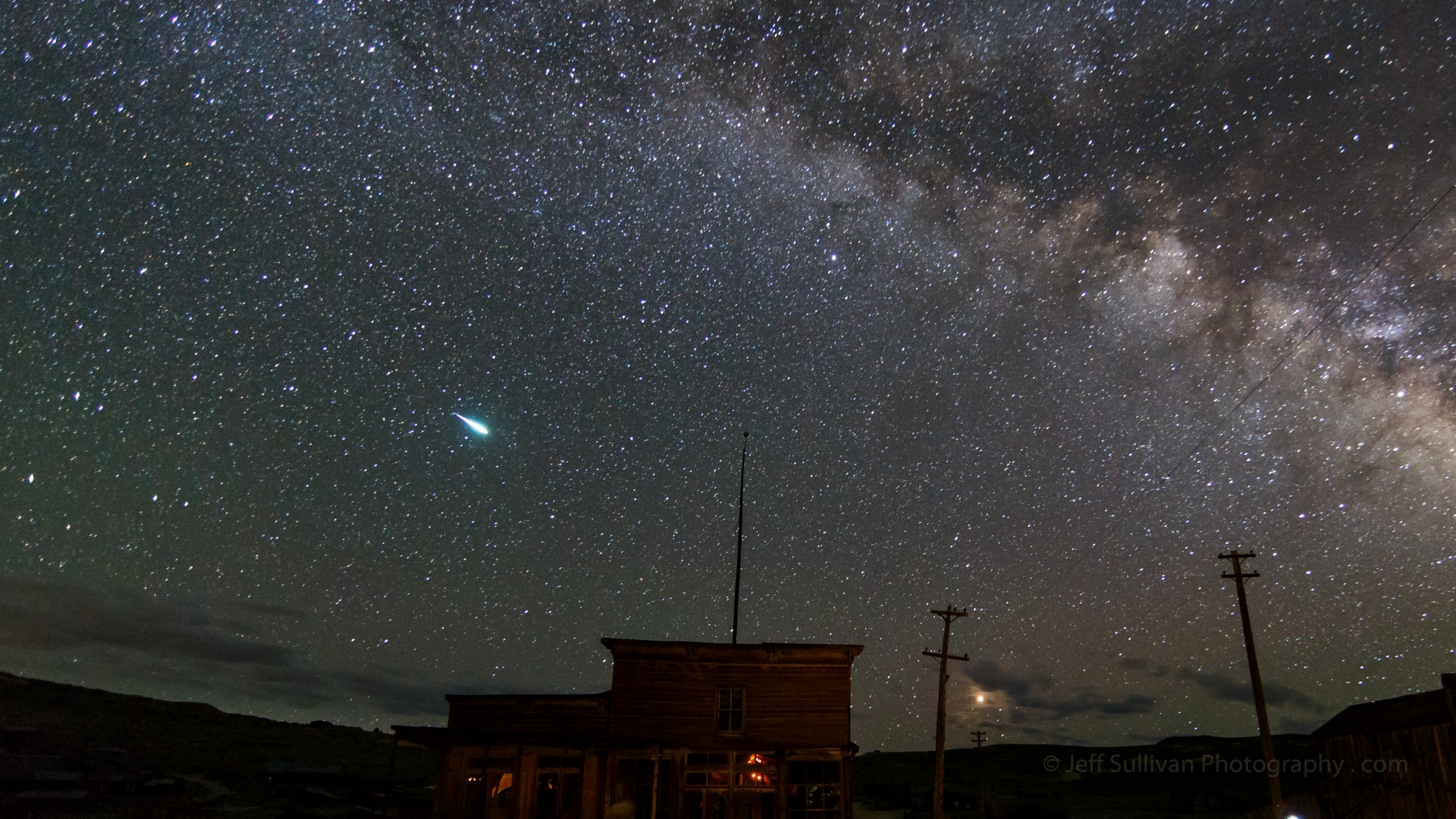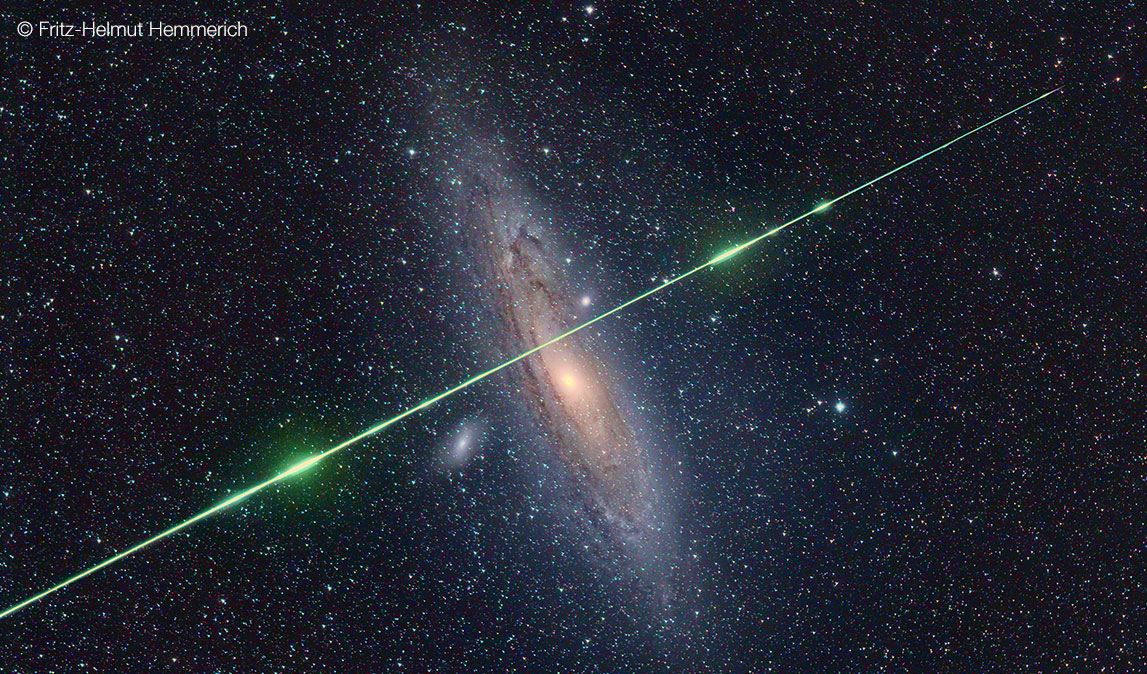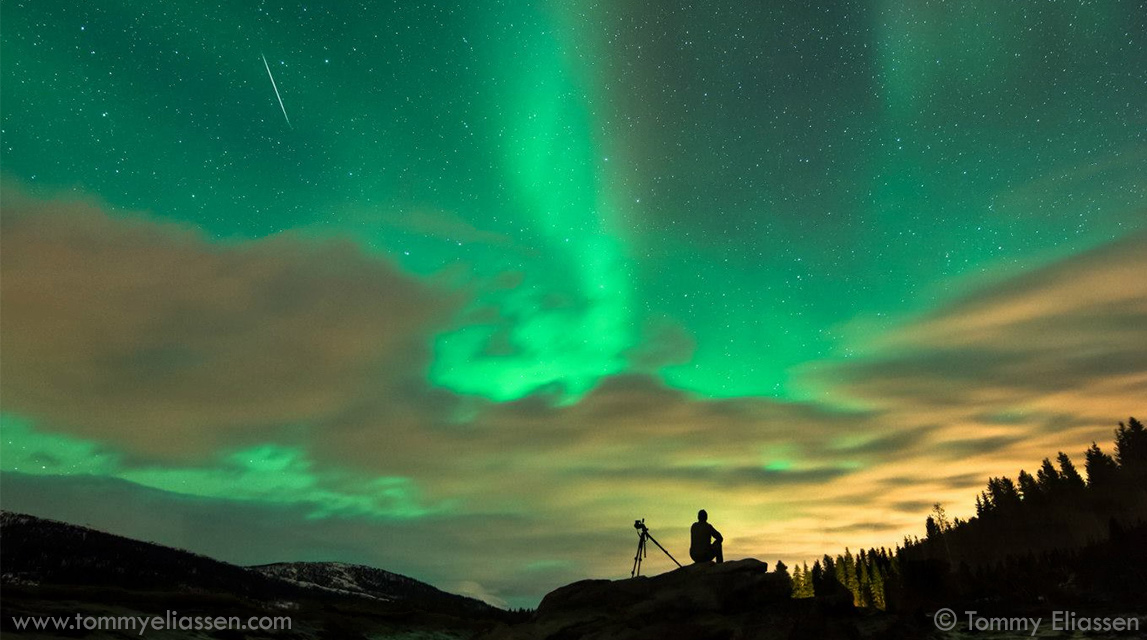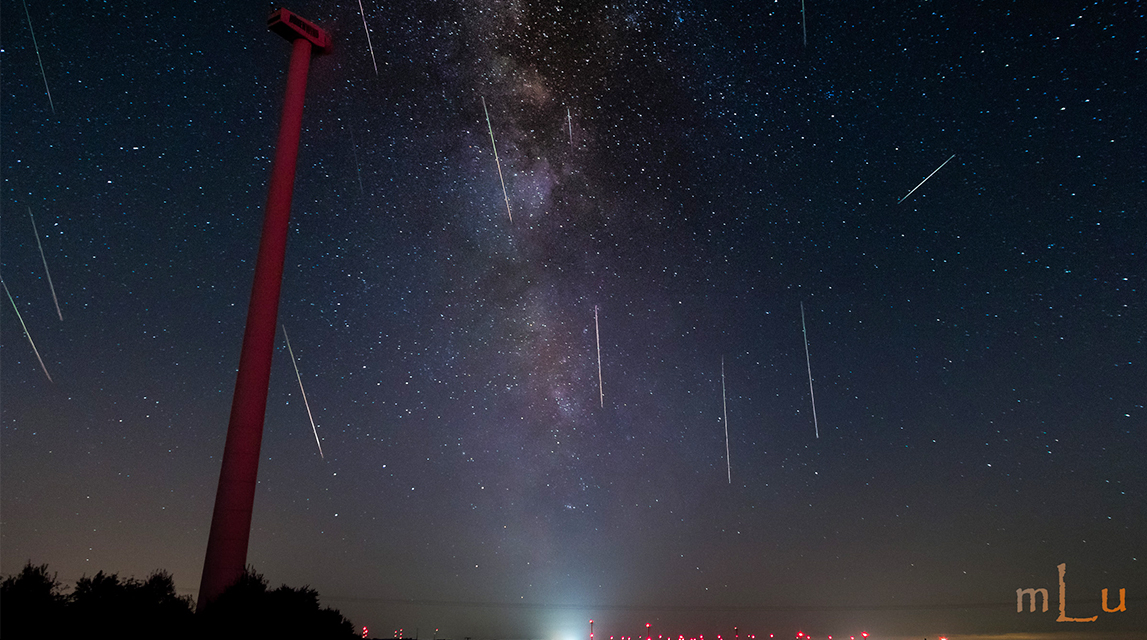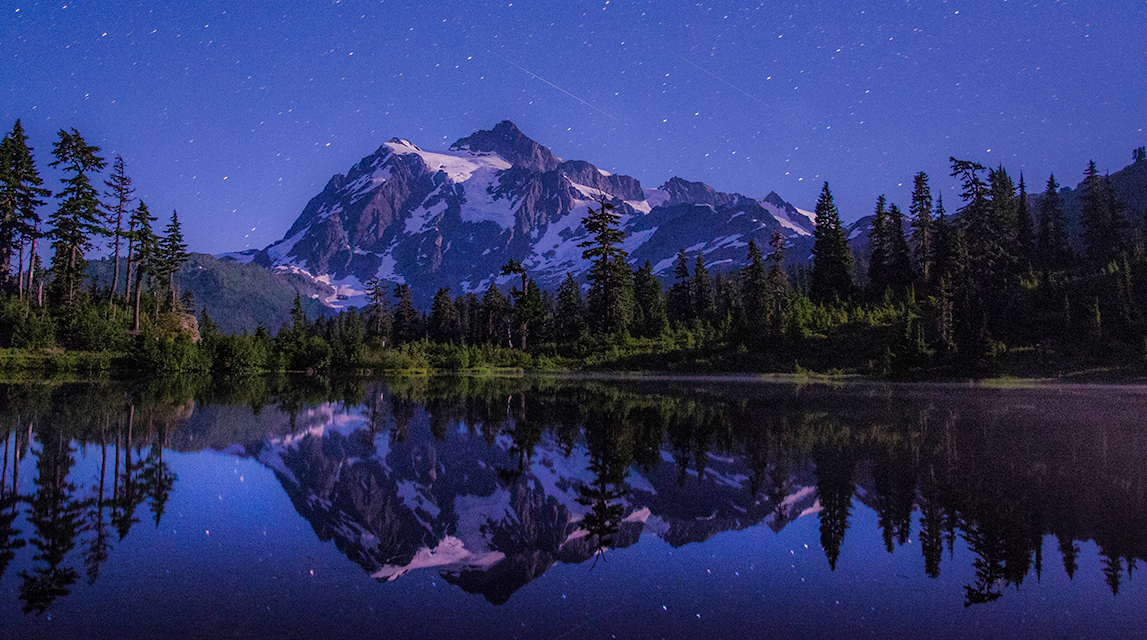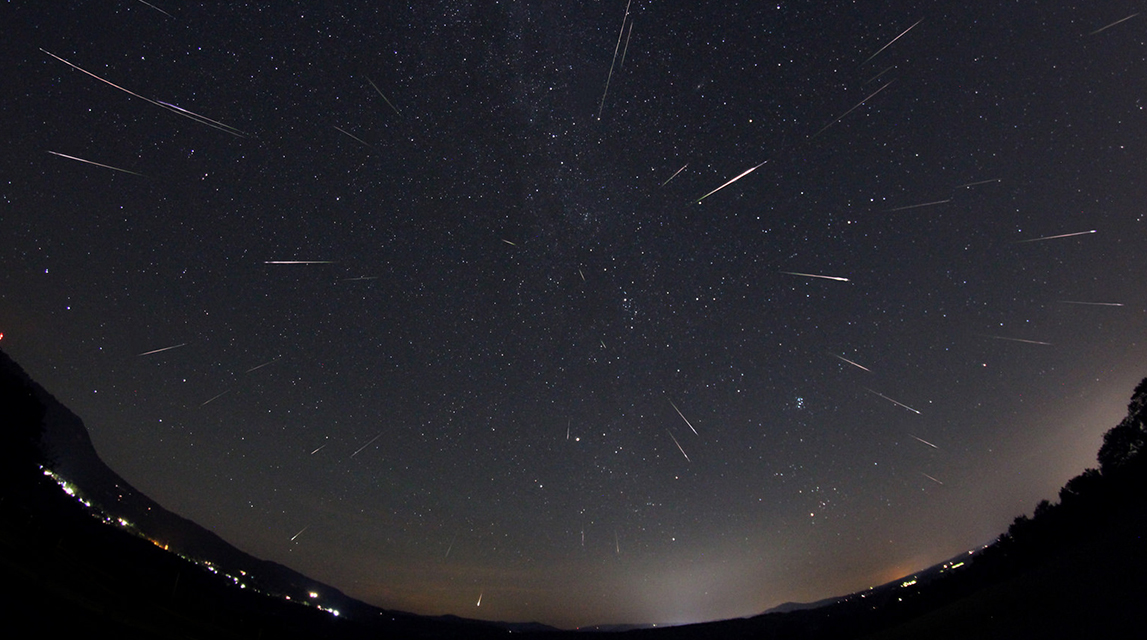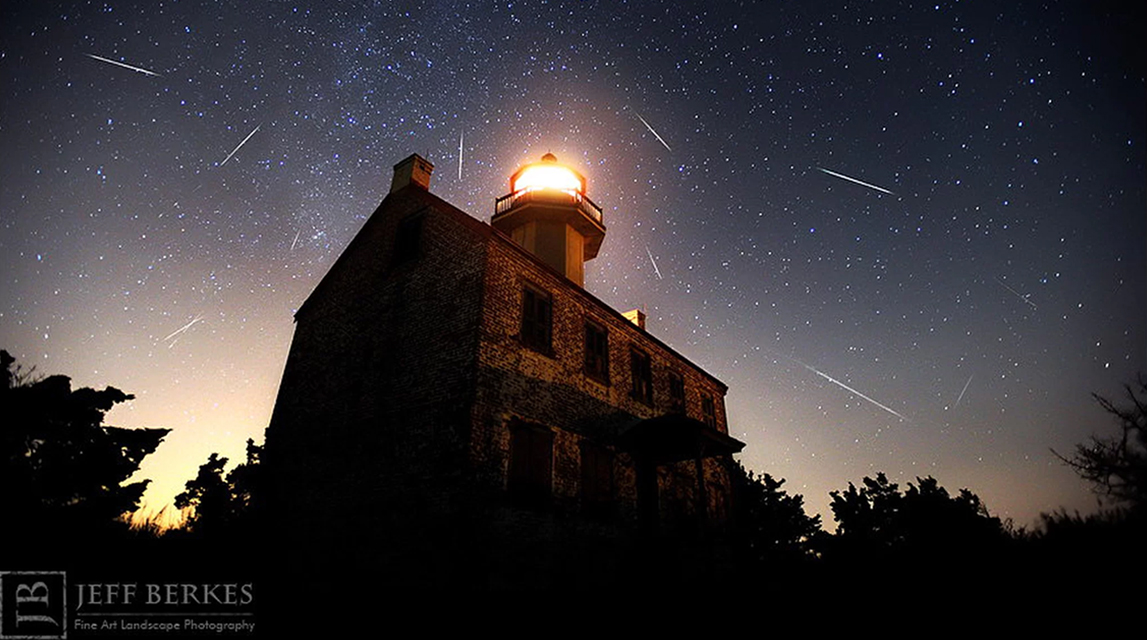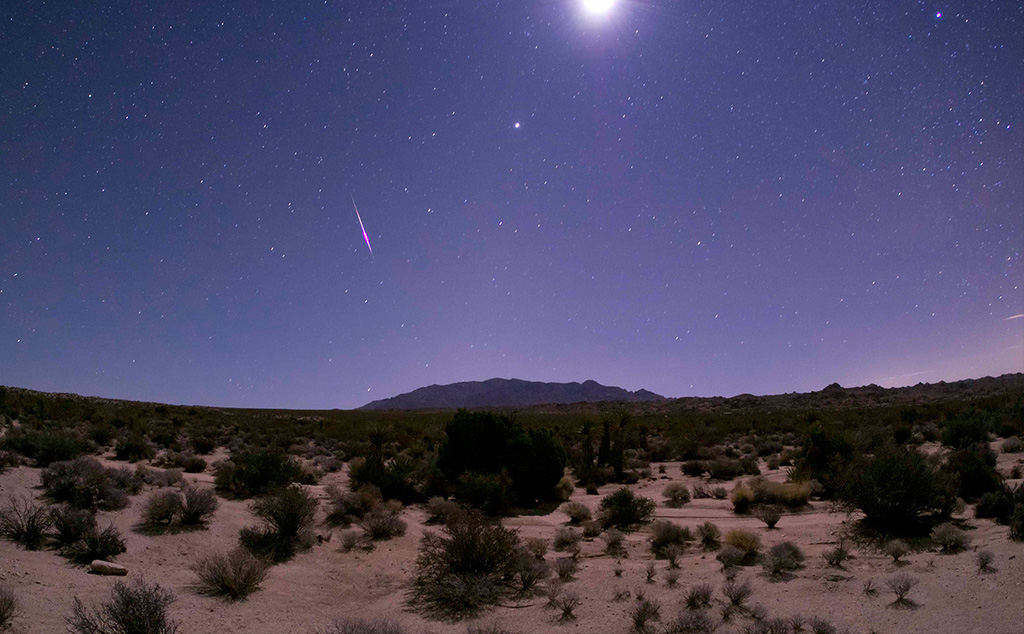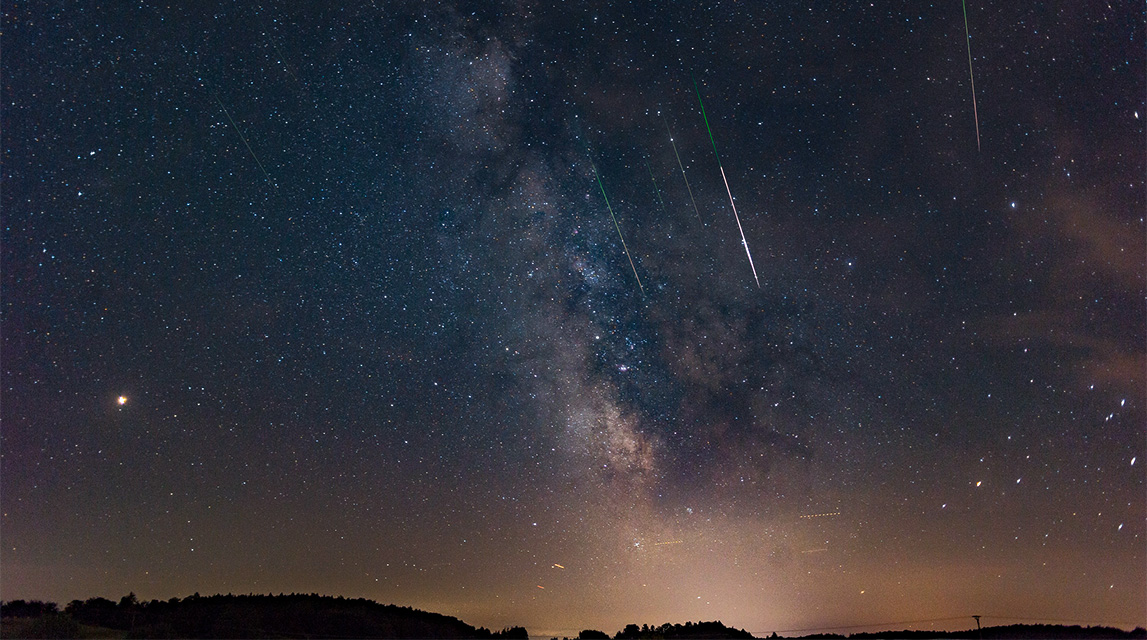
Meteor Activity Outlook for September 1-7, 2018
During this period the moon will reach its last quarter phase on Monday September 3rd. At that time the moon will lie 90 degrees west of the sun in the sky and will rise near midnight local daylight saving time (LDT) as seen from mid-northern latitudes. As the week progresses the waning crescent moon will rise later with each passing night, creating more favorable viewing conditions.
 American Meteor Society
American Meteor Society


